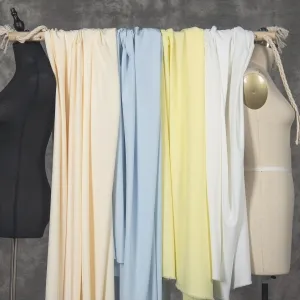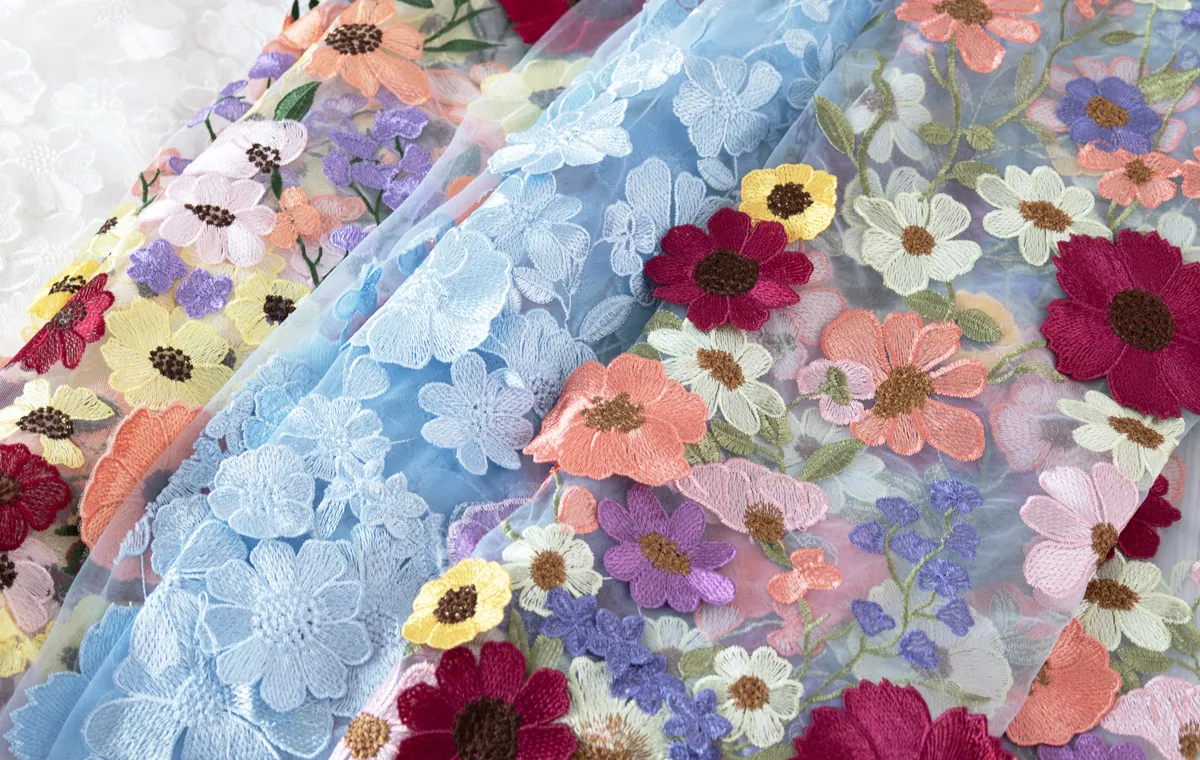Linen fabric has long been celebrated for its natural beauty, durability, and eco-friendly attributes, making it a staple in sustainable fashion. With a resurgence in demand for eco-conscious fabrics, linen is gaining popularity as a go-to material for dressmaking. Whether you’re designing a chic summer dress, a timeless wedding gown, or a stylish casual outfit, linen offers a blend of elegance and environmental responsibility that few fabrics can match.


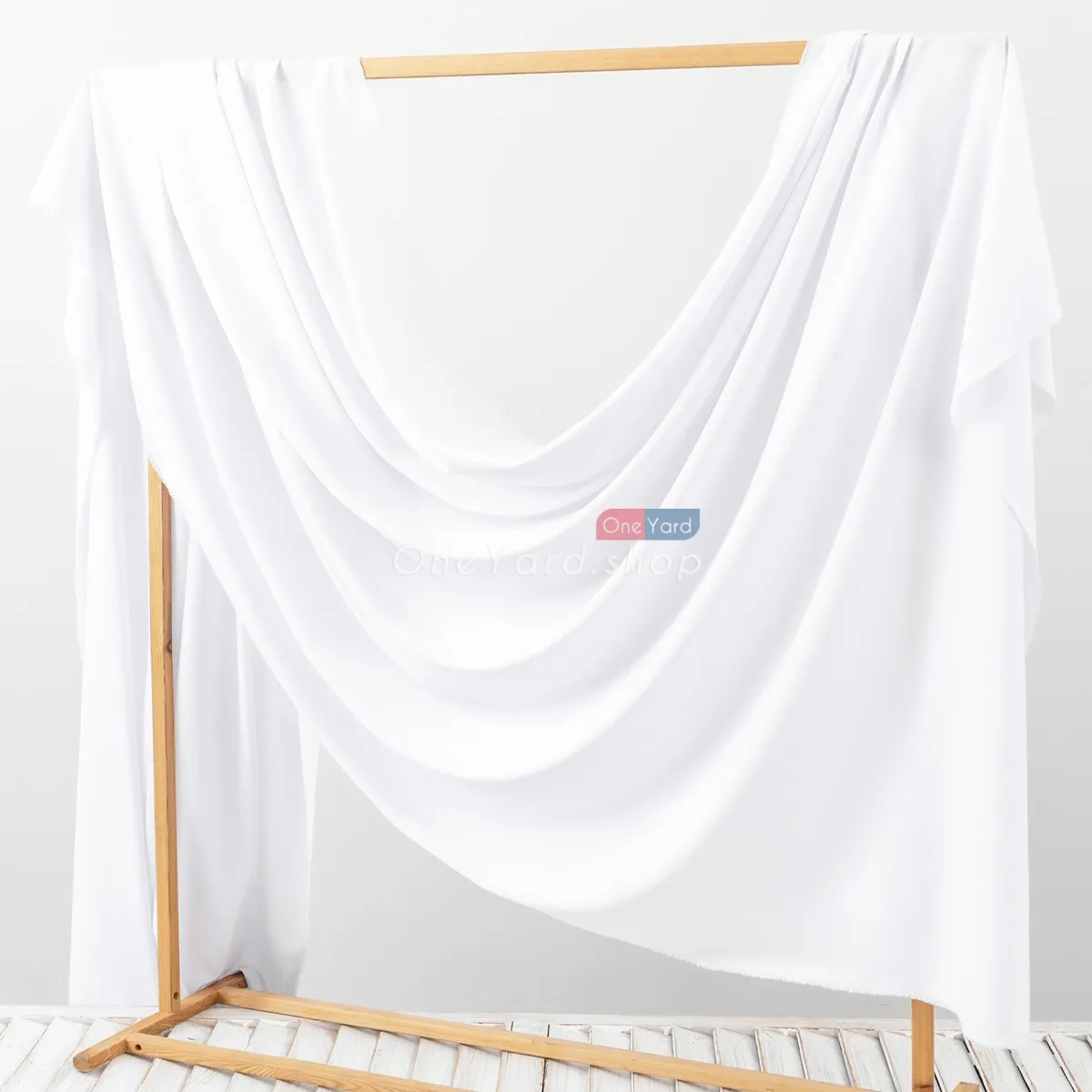
The Origins of Linen Fabric
Linen has a rich history that dates back to ancient civilizations. The earliest evidence of linen production comes from ancient Egypt, where it was highly prized for its lightweight, breathable qualities. Pharaohs were often buried in linen, as it was believed to offer protection and symbolize purity. Over time, linen spread throughout Europe and became a preferred fabric for clothing, particularly in warm climates, due to its excellent moisture-wicking properties.

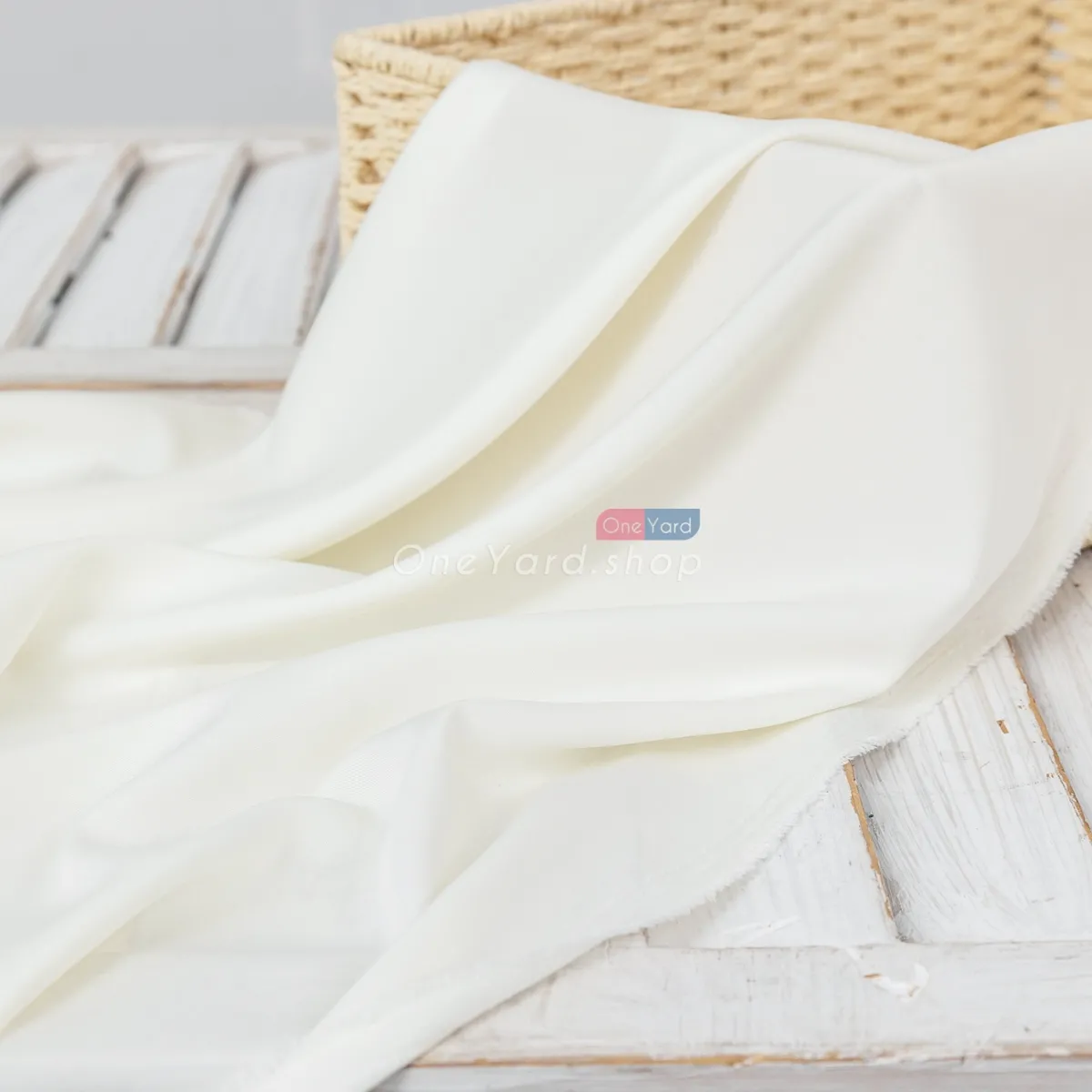

Characteristics of Linen Fabric
1. Breathability and Comfort
Linen is renowned for its breathability, making it an ideal fabric for hot and humid climates. Its fibers allow air to circulate, keeping the body cool and comfortable. This makes linen a popular choice for dressmaking, bedding, and even lightweight upholstery.
2. Durability
Linen is one of the strongest natural fibers, even stronger than cotton. It can withstand a great deal of wear and tear, and its durability only increases with washing. This makes linen a long-lasting fabric, perfect for items that see frequent use, such as tablecloths, napkins, and towels.
3. Moisture Absorption
Linen is highly absorbent and can absorb up to 20% of its weight in moisture without feeling damp. This quality makes it an excellent fabric for towels, bathrobes, and other items that need to stay dry and fresh.
4. Eco-Friendliness
Linen is a sustainable fabric, as the flax plant requires fewer pesticides and less water compared to other crops like cotton. Additionally, every part of the flax plant can be used, leaving little waste. Linen is also biodegradable, making it an environmentally friendly choice.
One of the most appealing aspects of linen is its biodegradability. Unlike synthetic fabrics, which can take hundreds of years to break down, linen naturally decomposes within a few months, returning to the earth without leaving harmful residues. Additionally, the production of linen fabric involves minimal chemical processing, reducing the environmental impact even further.
5. Natural Texture and Aesthetic
Linen has a distinctive, natural texture that gives it a rustic yet elegant appearance. It has a matte finish and is often prized for its natural creases and wrinkles, which add character to garments and home textiles. Linen is available in a wide range of colors, although it is often left in its natural off-white or beige state to highlight its organic beauty.

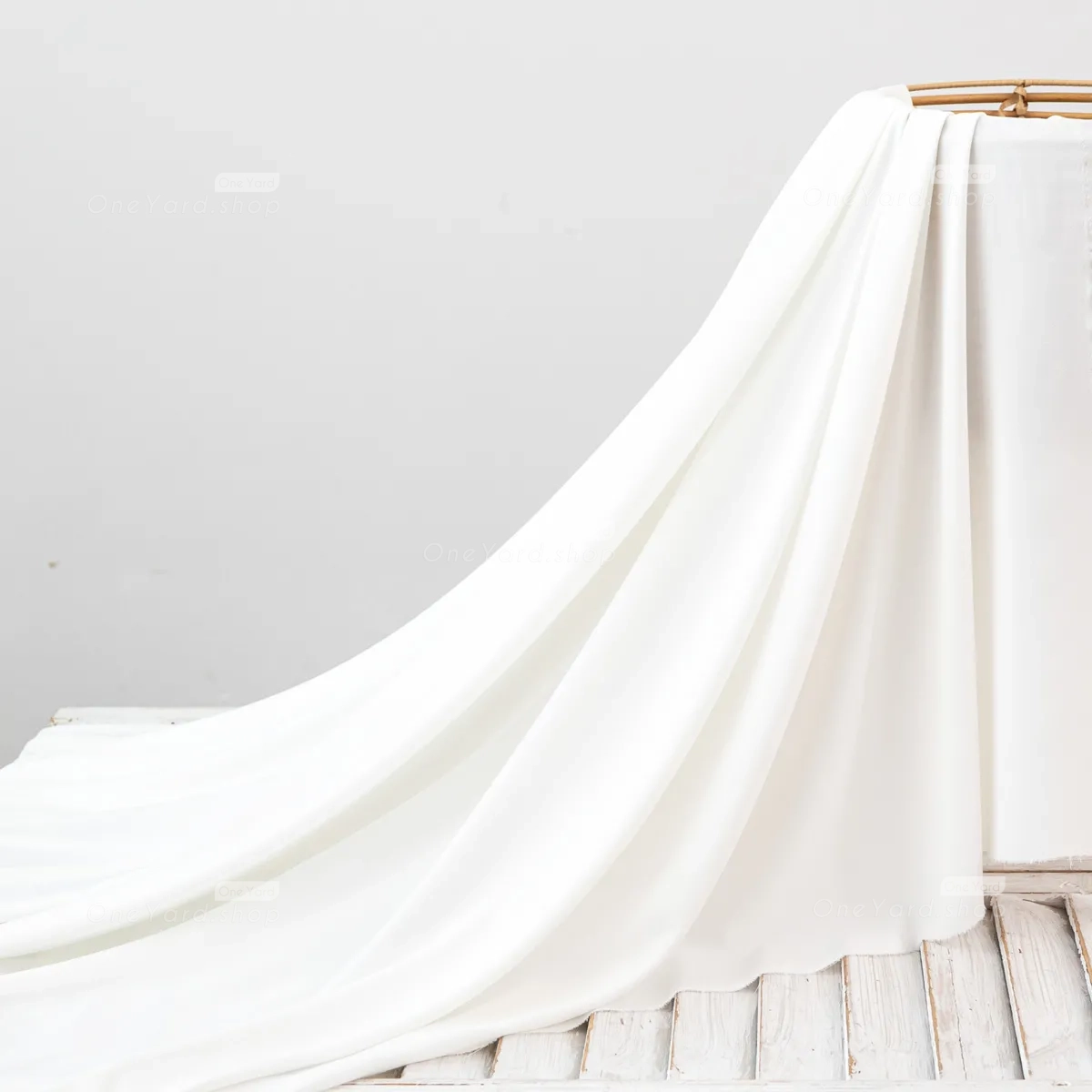
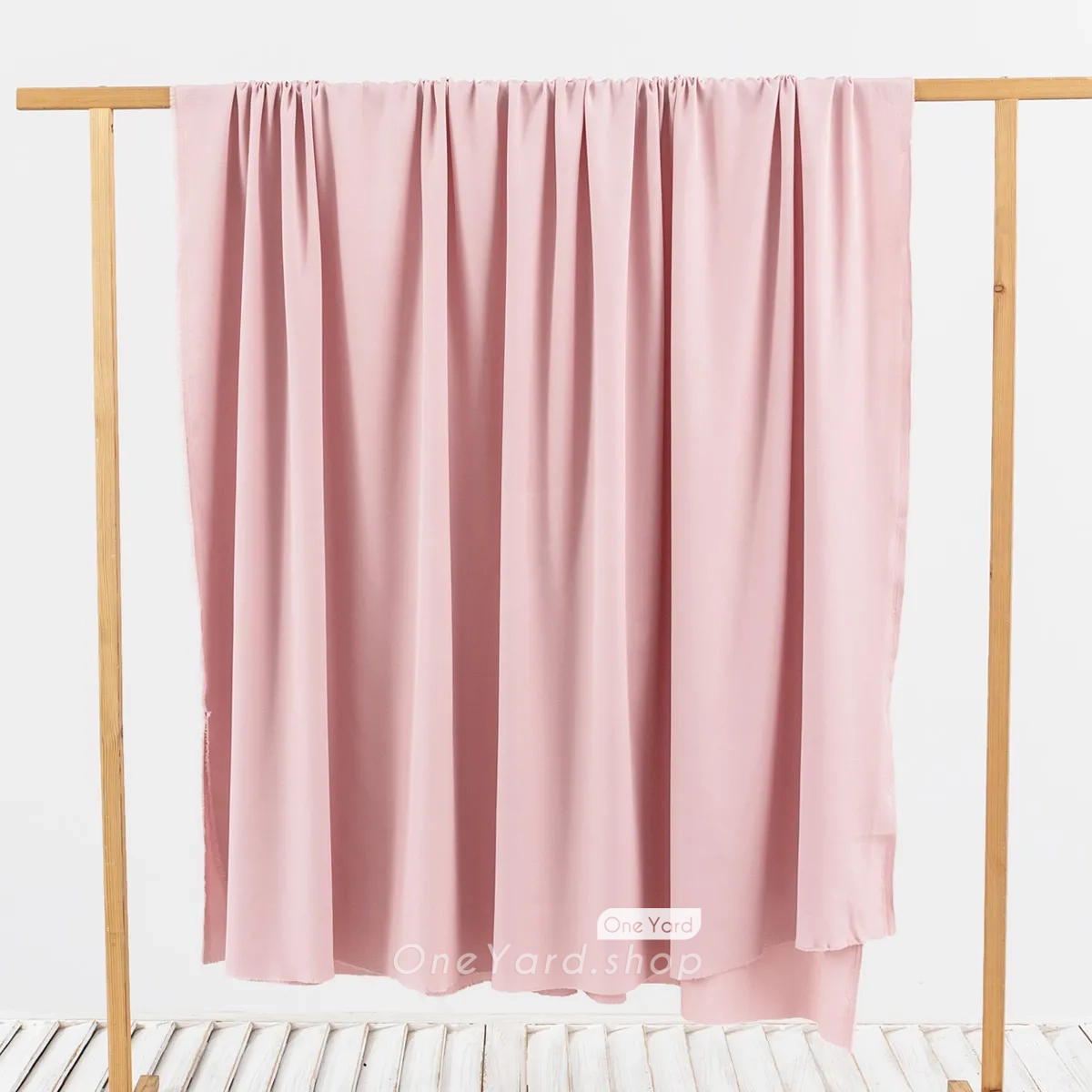
Uses of Linen Fabric
- Clothing: Linen is a popular choice for summer clothing, including shirts, dresses, pants, and suits. Its breathability and ability to wick away moisture make it perfect for hot weather. Linen garments often have a relaxed, casual vibe, making them a favorite for both beachwear and casual chic outfits.
- Home Textiles: Linen is extensively used in home décor, including tablecloths, napkins, curtains, and bedding. Its durability ensures that it can handle frequent washing and daily use, while its natural texture adds an element of understated luxury to any space.
- Industrial Applications: Beyond fashion and home décor, linen is also used in industrial applications. It is commonly used in the production of canvases for painting, bookbinding, and even as insulation material in some industries due to its strength and natural resistance to heat.
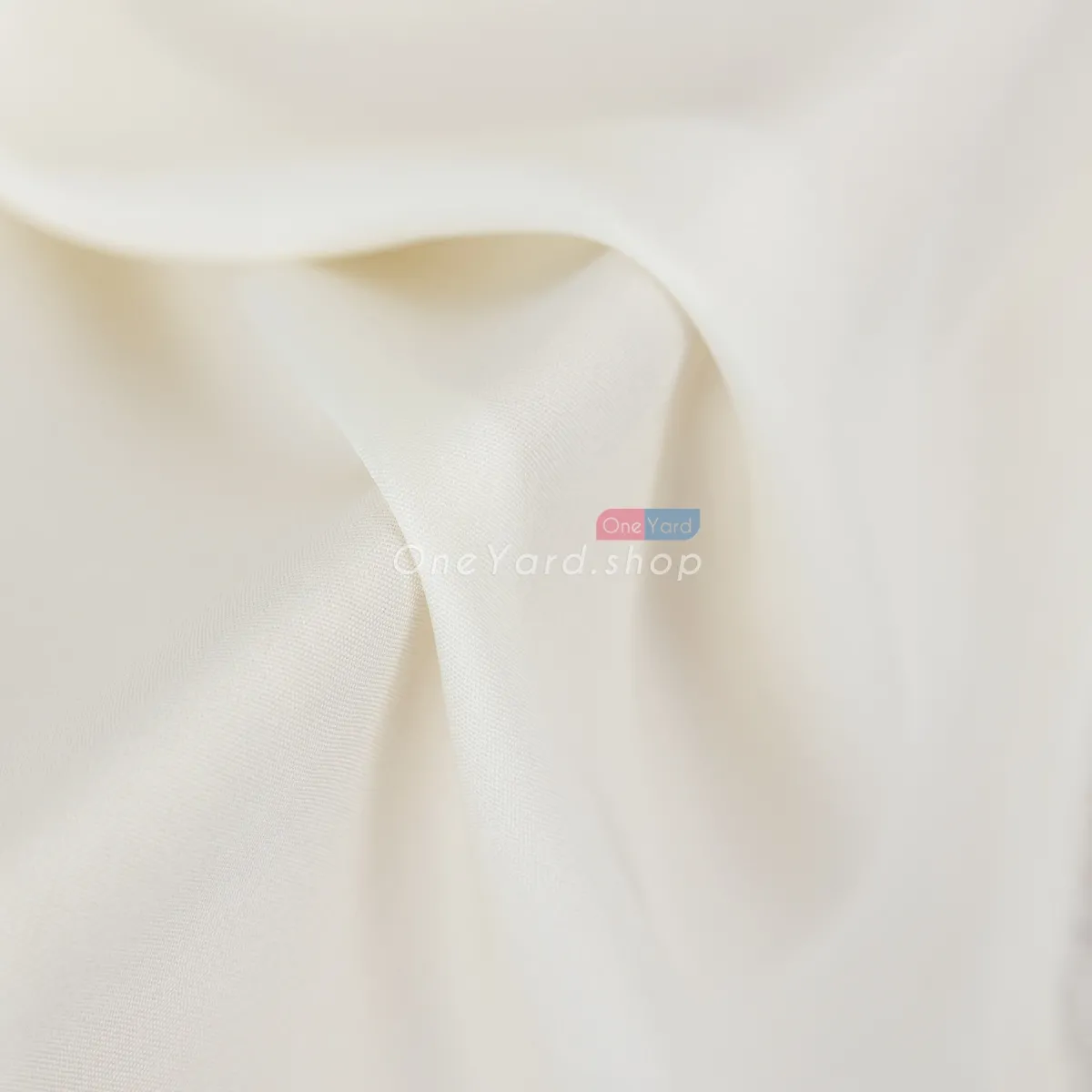
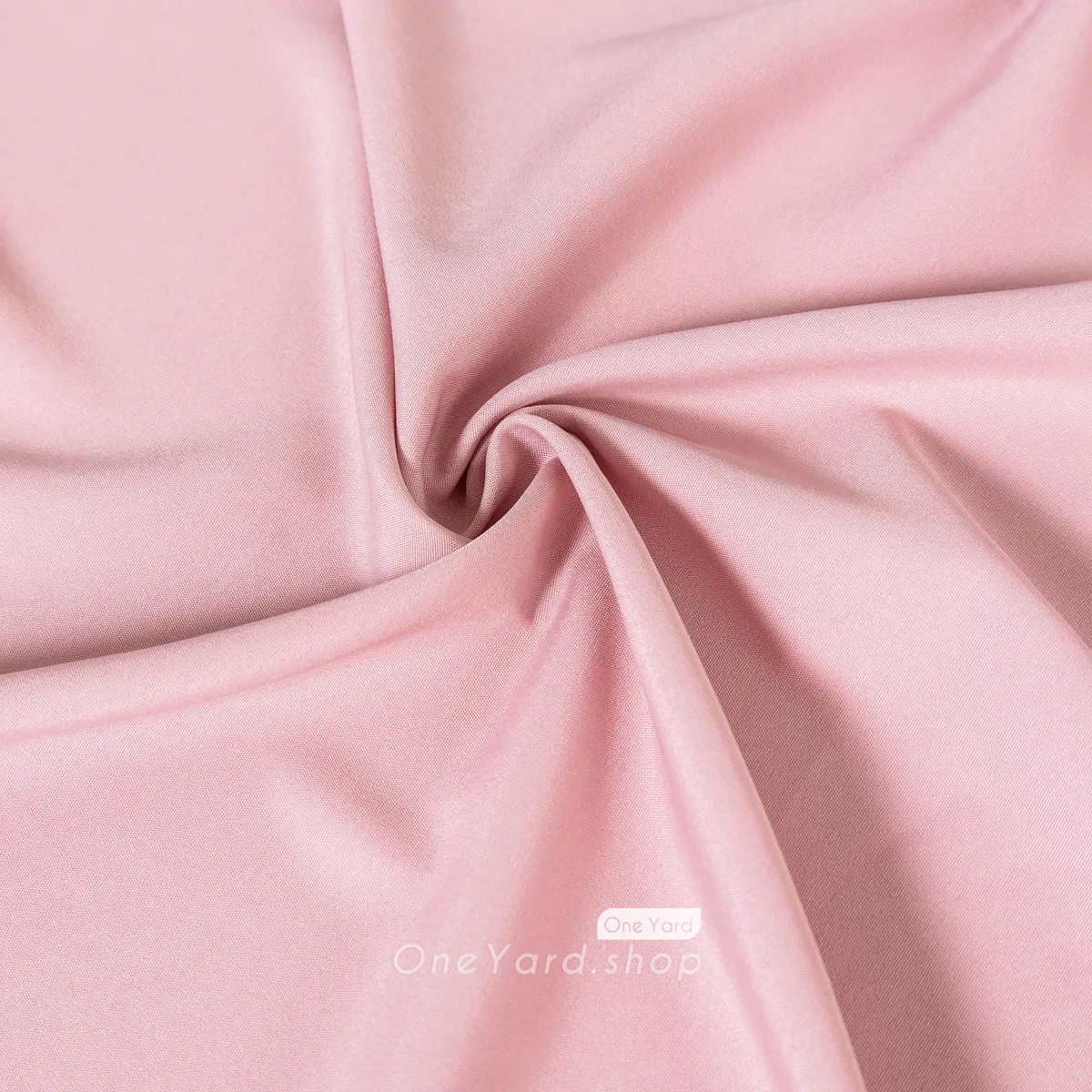

Caring for Linen Fabric
Caring for linen is relatively straightforward. It is recommended to wash linen in cold or lukewarm water to prevent shrinkage and to maintain its natural texture. While linen can be tumble-dried on a low setting, air-drying is preferable to preserve the fabric's integrity. Ironing is optional, as many people appreciate the natural wrinkles of linen, but if desired, linen should be ironed while still slightly damp.

 Best
Best  New
New  Featured
Featured  Featured
Featured 